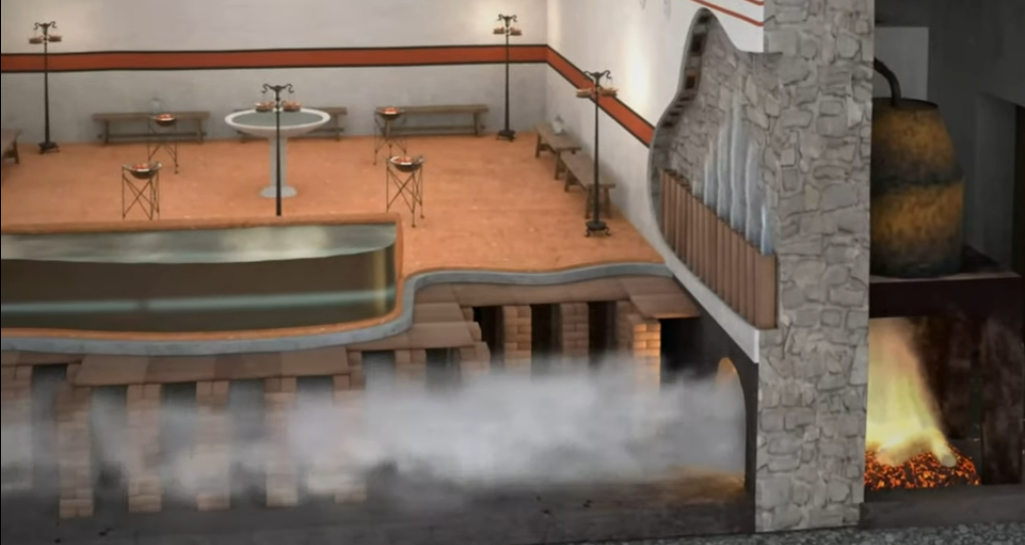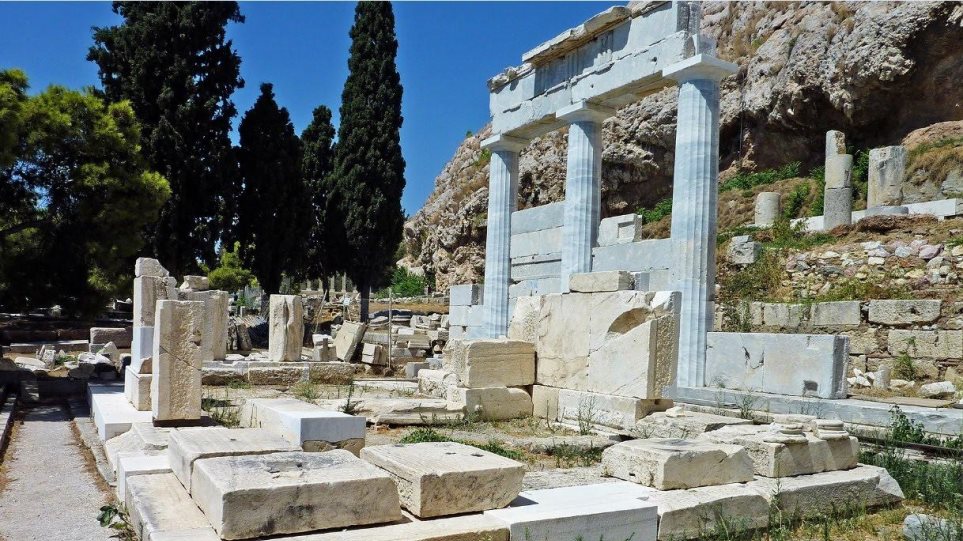Huge strides have been made towards deciphering a ‘mysterious’ Greek script that could transform our knowledge of a Bronze Age civilization.
Known as Linear A, the ancient script from Crete appears on some 1,400 inscriptions, most of which are on clay tablets dating back to c1800-1450 BC, during the island’s flourishing Minoan era. A later prehistoric Greek script called Linear B was cracked in the 1950s – but Linear A has continued to elude scholars.
The Minoans were a Bronze Age civilization based on Crete and other islands in the Aegean Sea. Named after the legendary King Minos, this lost civilization was one of Europe’s first urban societies. Ruled from vast palaces, its people were accomplished artists and maritime traders, but their civilization fell into decline after a devastating volcanic eruption on the nearby island of Thera.
Archaeology: 20-million-year-old fossilized tree found in Greece
Now Dr Ester Salgarella, Junior Research Fellow in Classics at St John’s College, Cambridge, has shed fresh light on the Minoan Linear A script and proved a close genetic link to Linear B, which appeared 50-150 years later in mainland Greece and Crete, c1400-1200 BC. Her research, which has been hailed as ‘an extraordinary piece of detective work,’ could provide the key for linguists to unlock the secrets of the Minoan language – and learn more about its society and culture.
Taking an interdisciplinary approach using evidence from linguistics, inscriptions, archaeology and palaeography (the study of the handwriting of ancient scripts), Dr Salgarella examined the two scripts in socio-historical context. To compare them more easily, she has created an online resource of individual signs and inscriptions called SigLA – The Signs of Linear A: a paleographic database.
Read more: joh




































